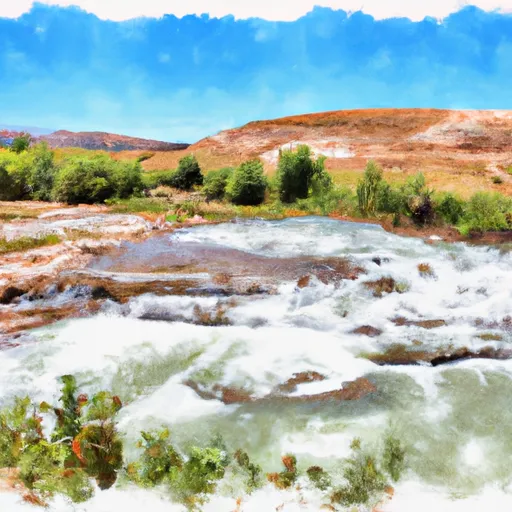Summary
Maximum discharge along the river is currently at the reporting a streamflow rate of cfs. This is also the highest stage along the Little Bear River, with a gauge stage of ft at this location. This river is monitored from 1 different streamgauging stations along the Little Bear River, the highest being situated at an altitude of ft, the .
River Streamflow Levels
| Streamgauge | Streamflow | Gauge Stage | 24hr Change (%) | % Normal | Minimum (cfs) | Maximum (cfs) | Air Temp | Elevation |
|---|---|---|---|---|---|---|---|---|
|
Little Bear River At Paradise
USGS 10105900 |
57 cfs | 5.11 ft | -22.98 |
Seasonal Discharge Comparison
Maximum Streamflow Discharge
Streamflow Elevation Profile
The Little Bear River is a 36.4-mile-long (58.6 km) tributary of the Bear River in northern Utah in the United States. It rises in the mountains east of Brigham City, where three forks (West, South, and East) join at Avon, then flows north to Paradise. At Paradise it spills out into the broad flats of Cache Valley, passing north by Hyrum, where it is impounded by the Hyrum Reservoir, then meandering generally west by Wellsville. It meanders north again, receiving the Logan River in the Cutler Marsh, and eventually draining into the Bear River, although the junction is now submerged by the Cutler Reservoir.

 Source To Mouth
Source To Mouth